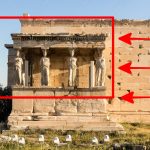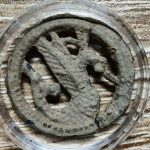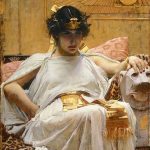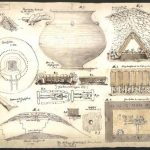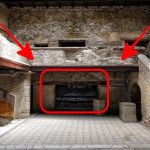Unveiling Nordic Bronze Age Secrets
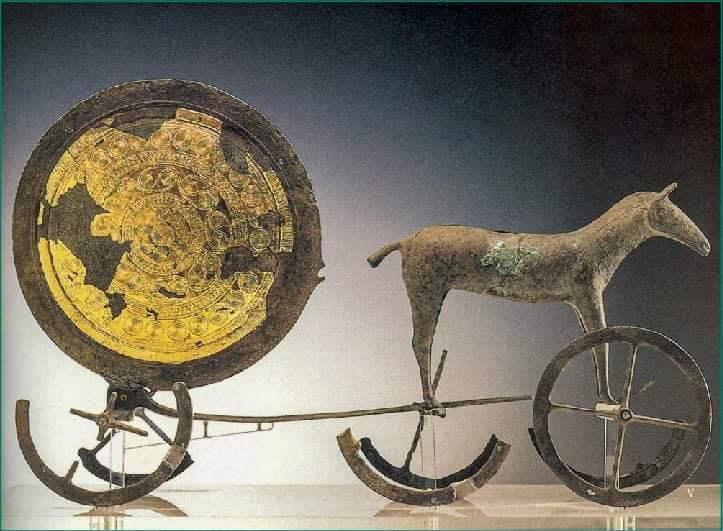
The Trundholm Sun Chariot stands as a testament to the ancient craftsmanship and spiritual beliefs of the Nordic Bronze Age. Discovered in 1902 in Trundholm moor, Odsherred, Denmark, this remarkable artifact has captivated archaeologists and historians alike with its intricate design and enigmatic symbolism. Crafted from bronze and meticulously detailed, the Sun Chariot is believed to have served a ceremonial or religious purpose, potentially representing a divine chariot carrying the sun across the sky in Norse mythology.
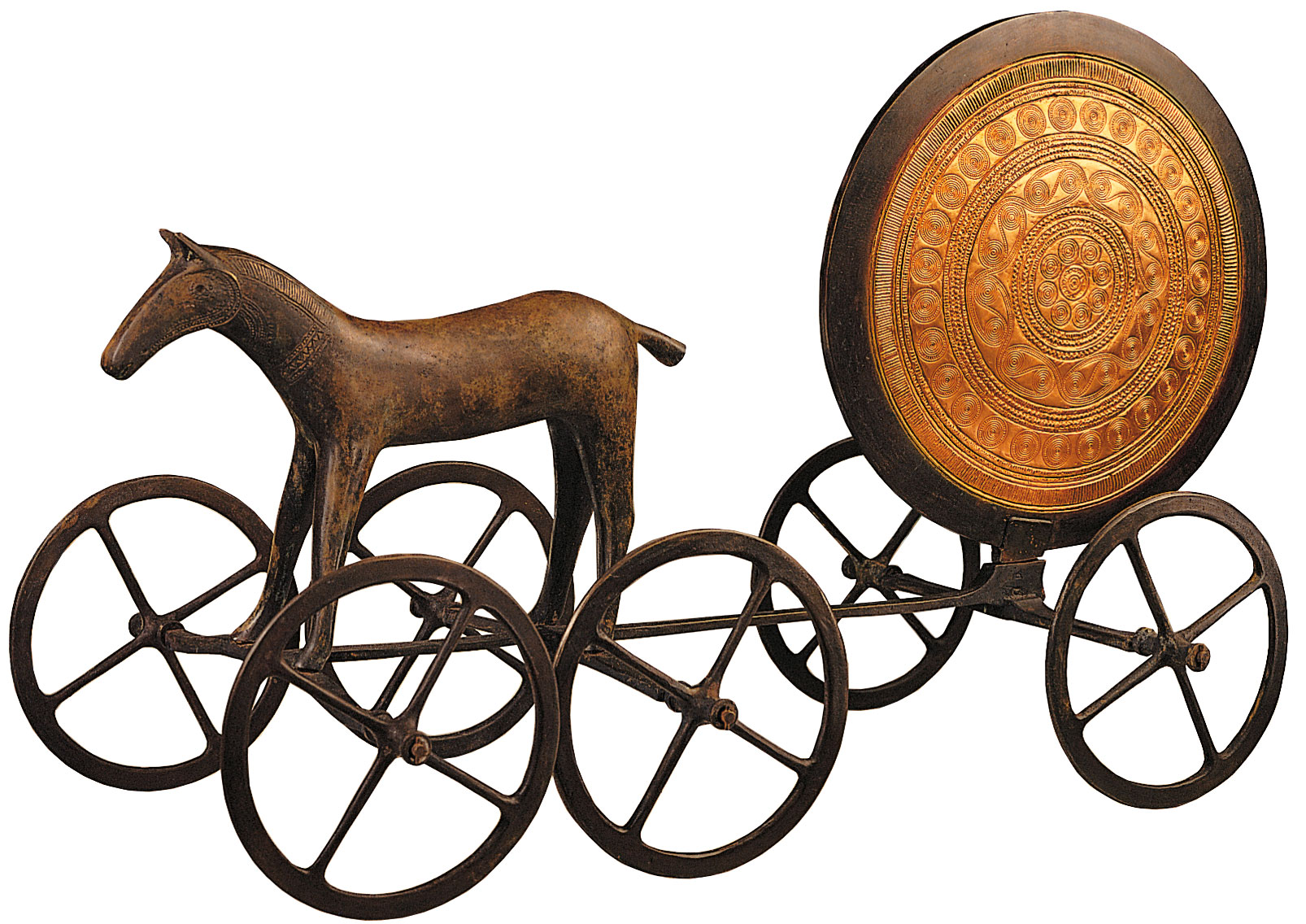
Excavated with no accompanying objects, the Sun Chariot’s isolated discovery has fueled speculation about its significance and the cultural practices of its creators. Its design features a bronze disc adorned with a stylized representation of the sun, pulled by a team of horses with spoked wheels. This depiction not only highlights the technical skill of Bronze Age metallurgists but also underscores their reverence for celestial bodies and the natural world.
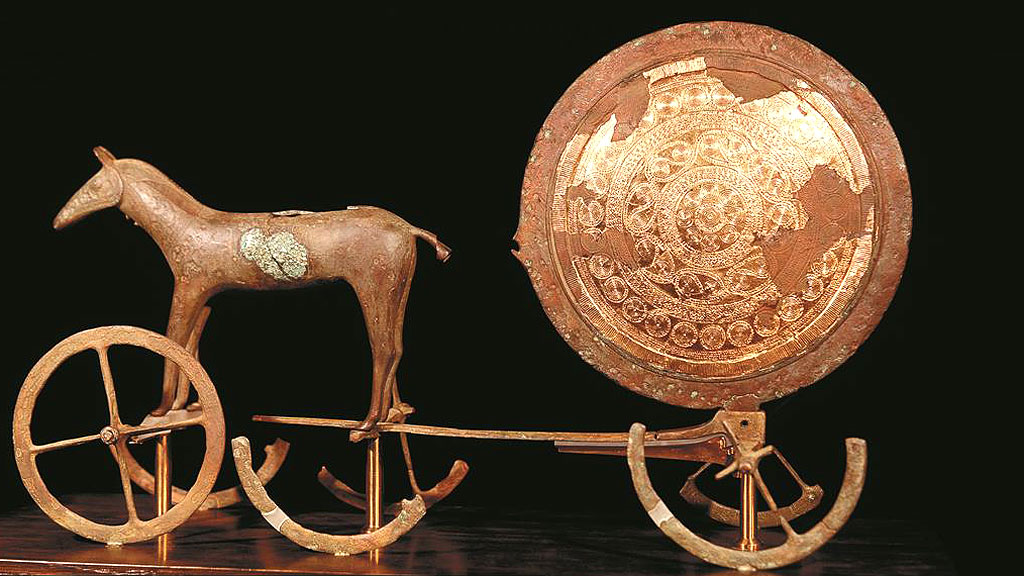
The artifact’s historical context provides insights into the societal structure and spiritual beliefs of ancient Nordic peoples. It suggests a sophisticated understanding of astronomy and cosmology, where the sun held a central role in religious rituals and agricultural cycles. The craftsmanship involved in creating such a piece also points to a thriving Bronze Age culture engaged in trade and cultural exchange across Northern Europe.
Today, the Trundholm Sun Chariot resides in the National Museum of Denmark, where it continues to inspire awe and curiosity. Its presence serves as a tangible link to a distant past, inviting us to contemplate the ingenuity and worldview of our ancestors. Through ongoing research and study, archaeologists hope to unravel more of the mysteries surrounding this iconic artifact, shedding light on the rich tapestry of Nordic Bronze Age civilization and its enduring legacy in the annals of human history.
